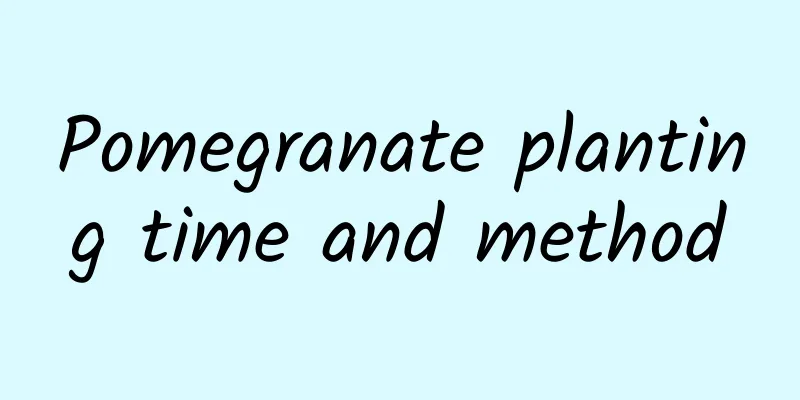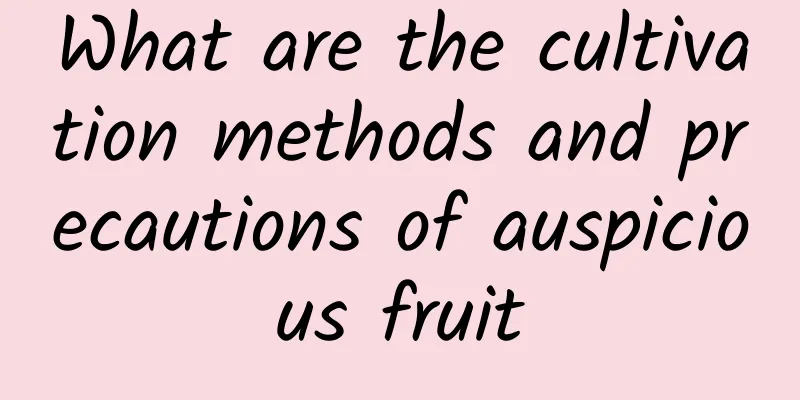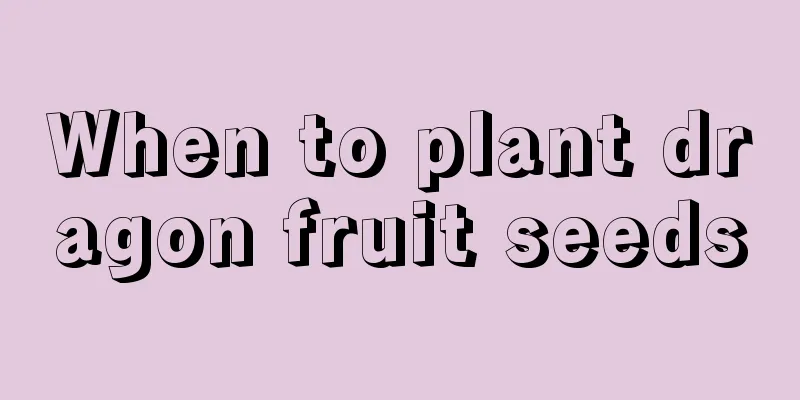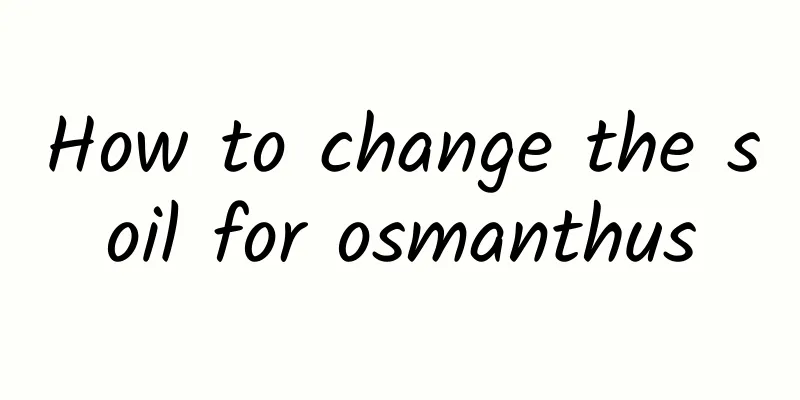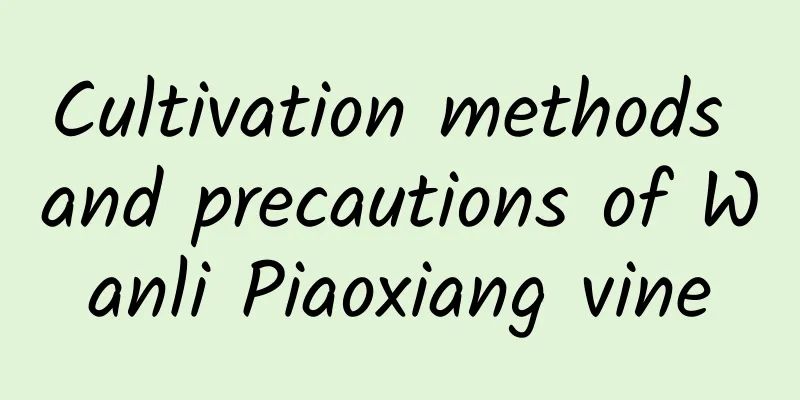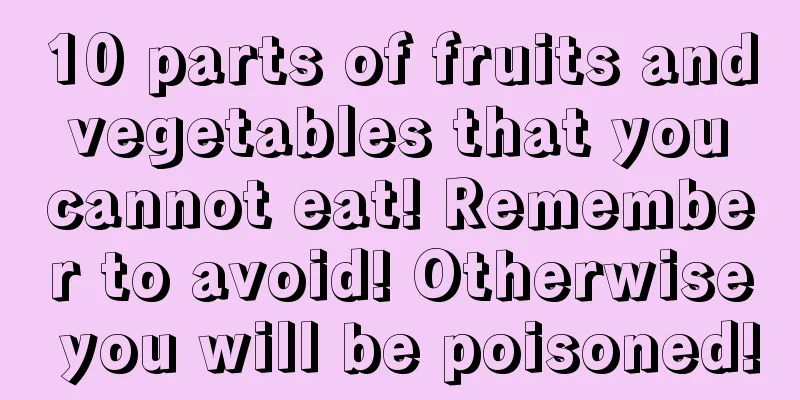High-yield and high-quality potato cultivation technology

|
Potato is an annual herbaceous plant of the Solanaceae family, also known as potato , yam egg, etc. It has the characteristics of wide adaptability, great yield increase potential and high economic benefits. It is widely planted and distributed in China. So how can potatoes be grown to achieve high yields? Let’s learn about the high-yield and high-quality potato cultivation techniques . 1. Land preparation and fertilization Choose soil that is deep, loose, fertile and well permeable. Deep plowing and fine tillage can increase the active soil layer and improve the soil's ability to store water, retain fertilizer and resist drought. At the same time, apply 2,000 kg of fully decomposed farmyard manure or 100 kg of commercial organic fertilizer per mu, and then add 35-50 kg of triple compound fertilizer as base fertilizer depending on the soil conditions. 2. Seed potato selection Potato tubers that are complete, brightly colored, free of pests, deformities, frostbite, and bud necrosis should be selected as seed potatoes. 3. Cut the seed potatoes into pieces Cut the seed potatoes 1-2 days before sowing. Generally, each bud block should be cut into 50 grams (1 liang) in weight, and no less than 30 grams at the minimum, with 1-2 bud eyes. In addition, when cutting, be sure to disinfect the knives and diseased potatoes with 75% alcohol or potassium permanganate solution to prevent virus (bacteria) infection. 4. Sowing time Under normal circumstances, as long as the soil temperature 5-10 cm below the planting surface remains stable at above 5-8℃ for 5 consecutive days, potatoes can be planted. When the local temperature reaches 8-10℃, the potato seeds can germinate and emerge from the soil. 5. Sowing method With a row spacing of 33-36 cm and a plant spacing of 90 cm, sow one germinated seed potato in each hole. After sowing, cover the seed potatoes with soil from the furrow and level the ridge surface. The thickness of the soil covering is generally about 8 cm. If the soil covering is too shallow, the potatoes will be exposed and turn green, affecting the quality; if the soil covering is too thick, it will delay emergence and affect the yield. 6. Field management Potatoes have high requirements for water and nutrients during their growth, and require appropriate amounts of water and fertilizer during the growth process. Especially during the flowering and heading stages, it is necessary to ensure that the soil is moist and apply top dressing in time. Generally, when the seedlings grow to 4-6 leaves after emerging from the soil, you can apply diluted manure or urea as a seedling-raising fertilizer, and combine topdressing with tillage, weeding and soil cultivation. 7. Harvest and storage Harvest in time to avoid damaging the tubers, and dry in a cool and ventilated place. Control temperature and humidity during storage to prevent the tubers from sprouting, rotting or freezing. In general, high-yield and high-quality potato cultivation technology requires comprehensive consideration of key points such as soil, seed potatoes, sowing, and management. Only by doing these meticulous work can we effectively improve the yield and quality of potatoes.
|
<<: How to grow potatoes for high yield?
>>: How to cultivate morels in high yield?
Recommend
Summer maintenance of plum bonsai
Proper Placement Plum blossom is a native tree sp...
How to care for strawberries in winter
Are strawberries afraid of freezing? Strawberries...
Precautions for transplanting Clivia, planting methods and maintenance techniques of potted Clivia
Clivia can be transplanted when the seedlings gro...
When is the best time to sow rain orchids
Suitable time for sowing rain orchid Zephyranthes...
What does the sunflower symbolize? Information about the sunflower
1. What does the sunflower symbolize? Its flower ...
How to grow purple-leaf dwarf cherry
Selection of planting site Soil conditions The pu...
How to plant lily of the valley bulbs
1. Environment The land we choose for it has cert...
Is Clematis poisonous?
1. Is it poisonous? Clematis is not poisonous. It...
Common diseases of Clerodendrum thomsoniae and their control methods
Common diseases of Clerodendrum thomsoniae: leaf ...
Is sunflower easy to grow? How to grow sunflower and when is the best time to plant it?
Sunflowers are also called sunflowers. When they ...
The role and efficacy of Mimosa
1. Watch Mimosa is a low growing herb. The plant ...
What to do if the king flower is infested with insects
1. Treatment methods for various diseases and ins...
Aloe Queen Pest and Disease Control
Disease type: White rot, leaf blight, brown spot,...
What to do if gardenia is frozen
1. Rescue methods ① You can first observe the fro...
Is Net-veined Grass Easy to Grow? Grow Methods and Precautions
Is it easy to grow net grass? If you have rich br...




